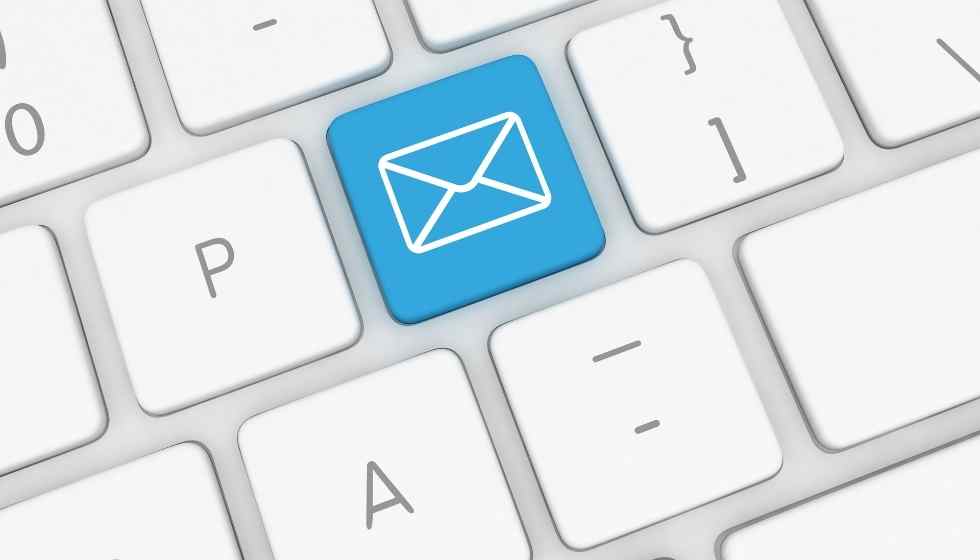The company’s corporate email is the primary tool for communication. Workers can send highly relevant data, documents, and notifications with high privacy.
Cybercriminals know this, and they try to attack corporate business email in different ways, so it is essential to understand how to protect it.
SECURITY TIPS FOR CORPORATE EMAIL
Corporate email is one of the most effective solutions to maintain good communication between workers and company departments. Still, it is necessary to protect the information that we share through it.
Here are some tips:
DO NOT DOWNLOAD DOCUMENTS WITHOUT CHECKING
Before downloading any attached document, such as photographs, files, PDFs, or audio, we must check its origin since it may contain a virus or malware that infects your computer equipment. Even if it reaches us incorporate mail, we have to look carefully at the name and the type of file it can help us. Still, it is best to get a good antivirus capable of scanning the attachments to check if they can be harmful to the computer.
AVOID CLICKING ON LINKS
We are used to receiving thousands of messages in our corporate email, many of them with links that our colleagues pass on to share information or documents with us. For this reason, we must be very vigilant. Cybercriminals take advantage of this to send malicious links, so we must be careful with all types of emails that contain links. Also, some hackers embed the links in the images attached to the email to make it more difficult to identify them.
DO NOT OPEN EMAILS FROM UNKNOWN SENDERS
Incorporate mail. We should only receive emails from known senders or with the company’s domain. Trying not to open emails from unknown senders or with a flashy message that invites you to visit a website or promises you gifts and offers is best.
DO NOT GIVE CONFIDENTIAL INFORMATION BY MAIL
Although corporate mail is the communication channel between workers and departments of a company, it is important not to send confidential company information or private information by mail. Remember that neither banks nor entities usually request personal information by email. If you have to send important data to colleagues and bosses, it is essential to encrypt the files so that if the information is compromised, they cannot access it.
DON’T FALL FOR PHISHING
Phishing is one of the most common cybercrimes found in corporate emails. That is why you have to learn to identify them. Cybercriminals send emails pretending to be recognized companies or organizations, and thus, you enter your data into a database. With this, they can access your bank accounts and even impersonate your identity.
Incorporate email, and it is essential to know how to recognize phishing because we will be putting our data at risk and the company’s data at risk.
AVOID SAVING PASSWORDS AUTOMATICALLY
In the corporate mail of the company, we not only have emails but most likely, we use a set of platforms in the cloud that allow us to store all kinds of information. That is why it is essential to safeguard passwords and, if possible, avoid automatically saving passwords.
In addition, it is also essential to use strong passwords and change them from time to time.
DO NOT ACCESS CORPORATE MAIL FROM OTHER COMPUTERS
The company’s computers will be protected by different antivirus and VPN systems, but if we access corporate mail from computers outside the company, we can put the information at risk. It is also recommended not to connect to computers or Wi-Fi for public use since they do not usually have protection.
ENCRYPTED CORPORATE EMAIL
Data encryption is the most effective tool to protect corporate mail. As we have mentioned before, if the emails are encrypted, it will be much more difficult for hackers to access their content.
It is also helpful to encrypt any document or file sent by mail; in this way, we will be doubly protecting the information.

